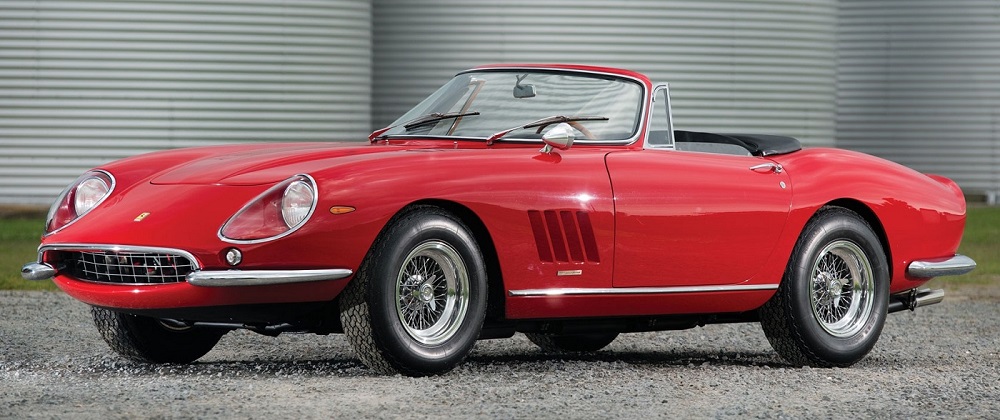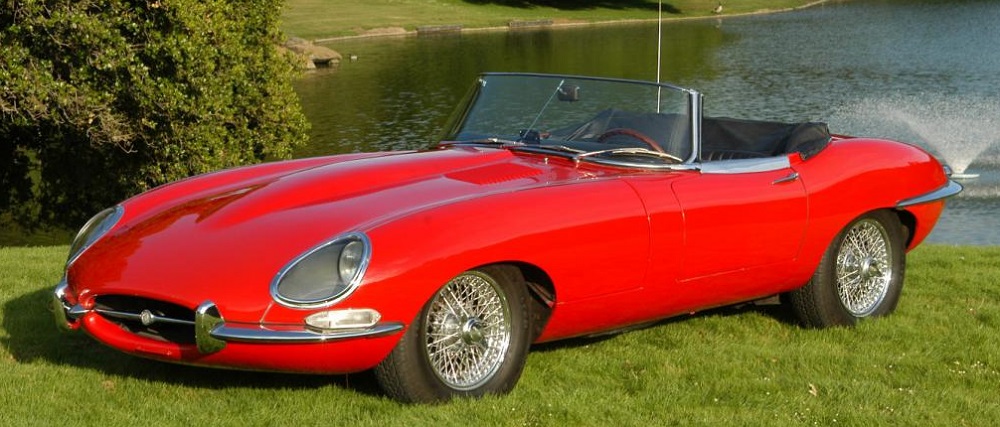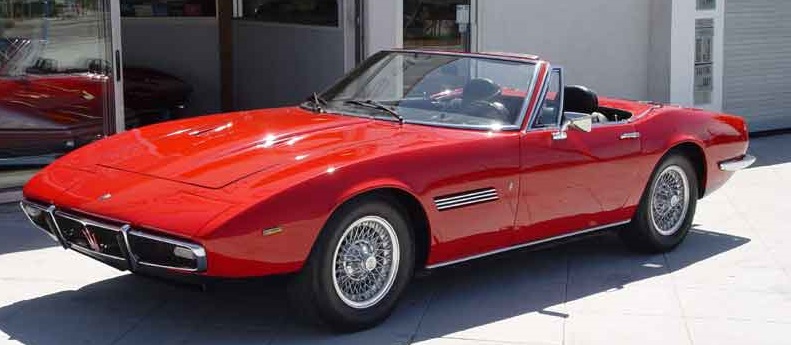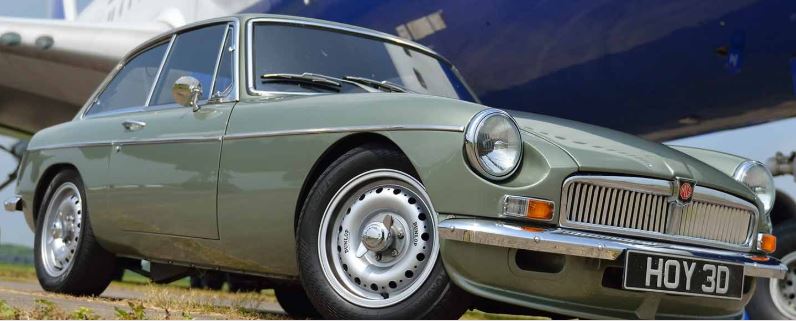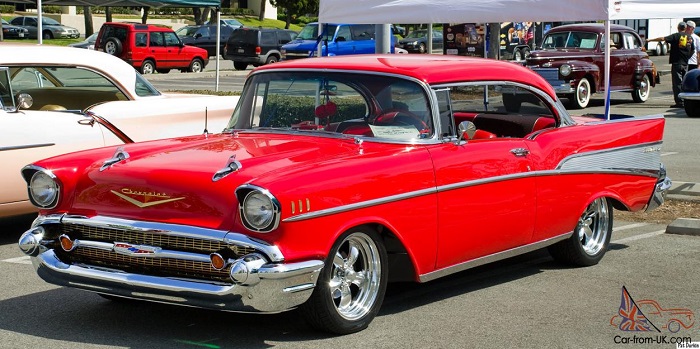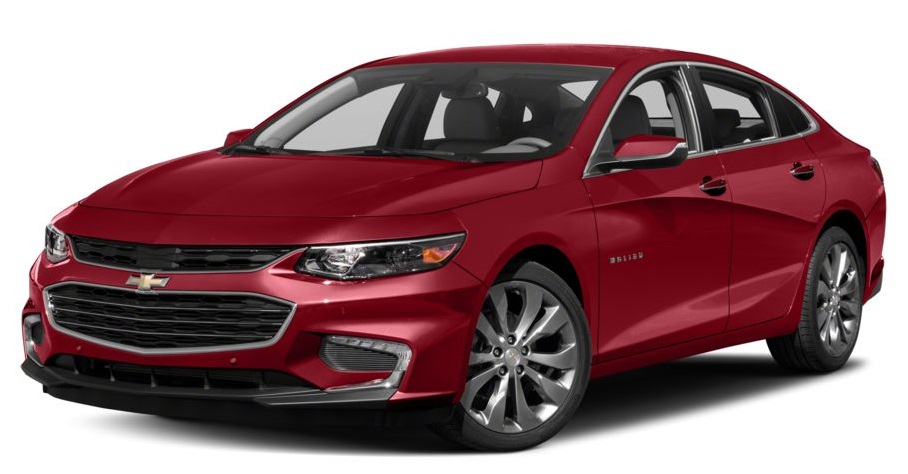Let’s play like the folks at Top Gear / Grand Tour guys for a moment, and consider a comparison between two outrageously-expensive performance SUVs for a moment. (Acting like Clarkson et al. means I don’t wanna hear any guff about “I’d rather buy a new house for that kind of money” or “No car is worth that much” or “I’d rather have a Caddy Escalade and bank the rest of the dough.” I want opinions on the two SUVs, and nothing else.)
So let’s kick off with the Bentley Bentayga V8 Design Series, with its 4-liter, 542hp V8 pulling this land-barge to a 0-60mph in 4 seconds, all the way to around 180mph at the top of the speedometer. In typical Bentley fashion, all that will be done fairly discreetly — it does not sound like a Ford Mustang 500 doing the same — but remember, Bentley’s mechanicals are 90% German. As for its looks?
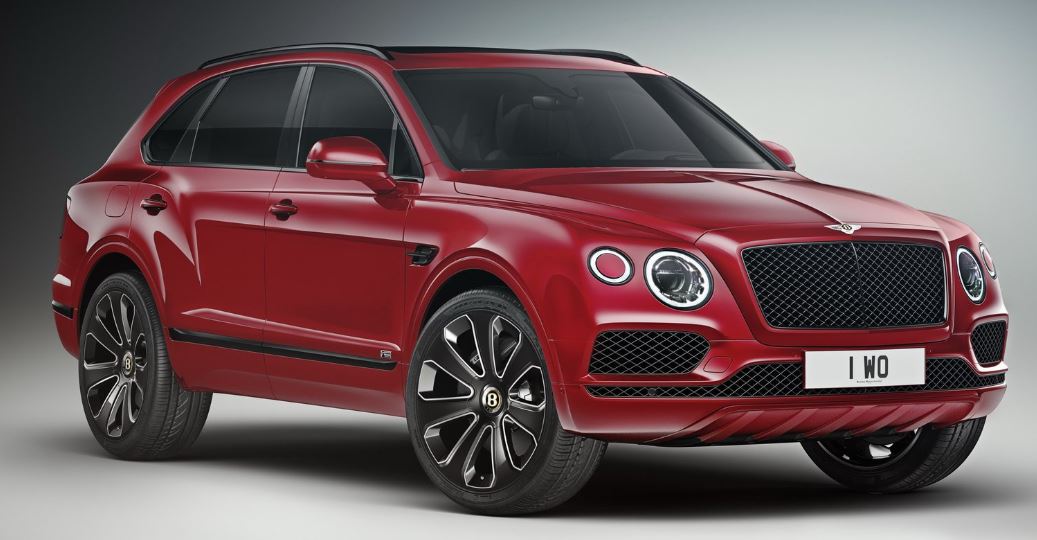
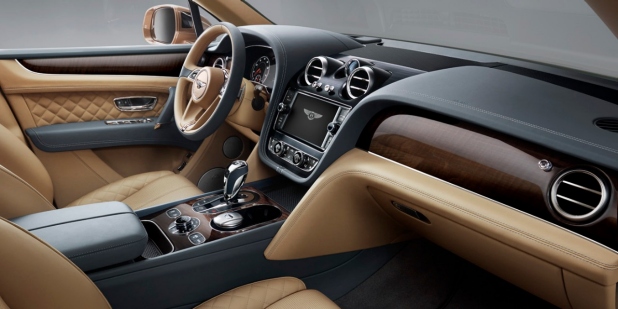
Look, let’s be honest: the “U” in “SUV “almost always stands for Ugly, and this Bentley is that. It’s not as ugly as a Range Rover or Escalade — Bentley is always going to find as much classy beauty as it can — but like a plastic surgeon trying to make Amy Schumer beautiful, you can only do so much with what you have.
Unless you’re Maserati, making their statement in the “hyper-luxury SUV” segment with the Levante Trofeo.
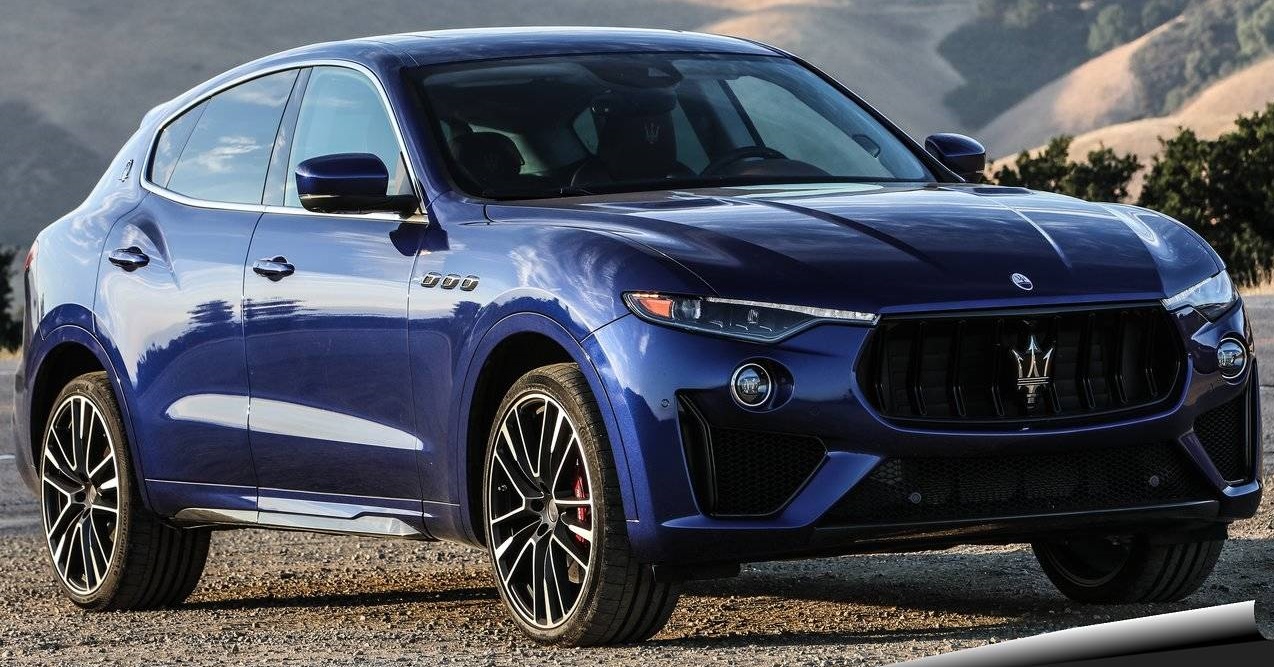
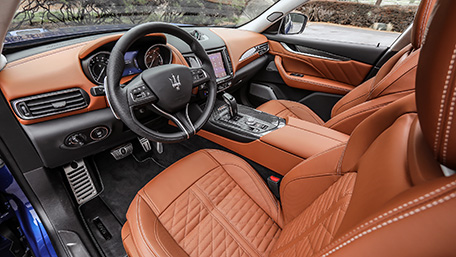
Its engine is a Ferrari-based 3.8-liter 590hp V8 which gives 0-60mph acceleration of 3.8 seconds and a top speed of 187mph.
I should mention at this point that the Bentley will sell for about $120,000 more than the Maserati, if that means anything. (Personally, I just know that the Mazza will be Italian — i.e. not as reliable as the Bentley — but then again, 120 big ones buys an awful lot of maintenance and repairs, even at Maserati prices.)
So, Gentle Readers: which one would you choose? The Anglo-German fast utilitarian vehicle with more than a touch of class, or the Italian sorta-Ferrari, with a decidedly Latin feel and all that that entails?
